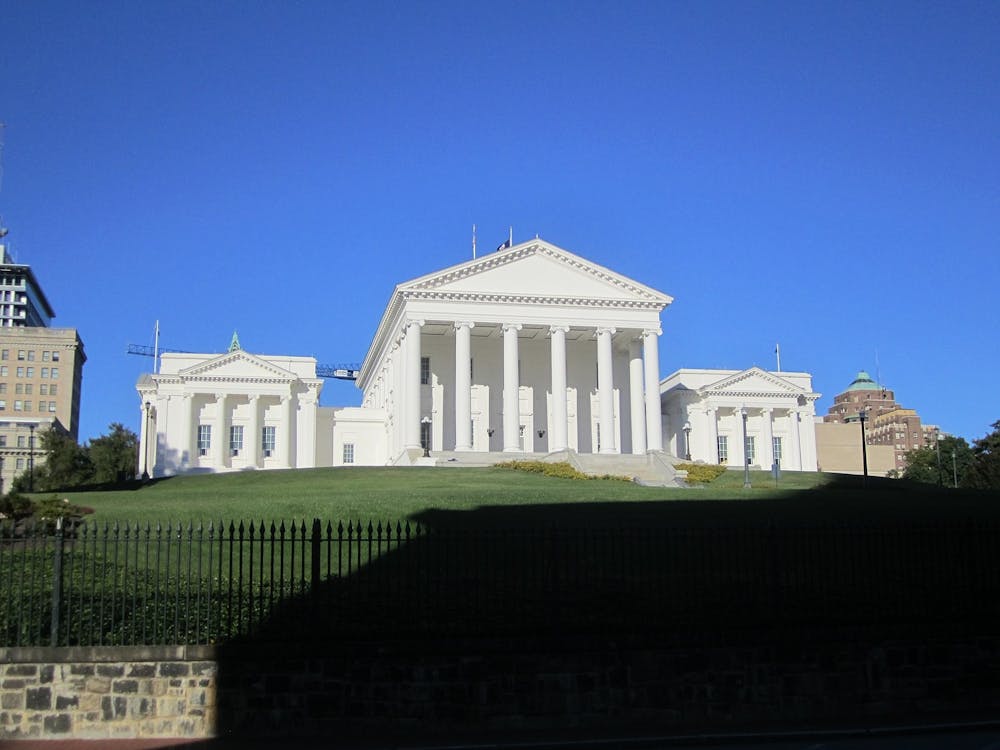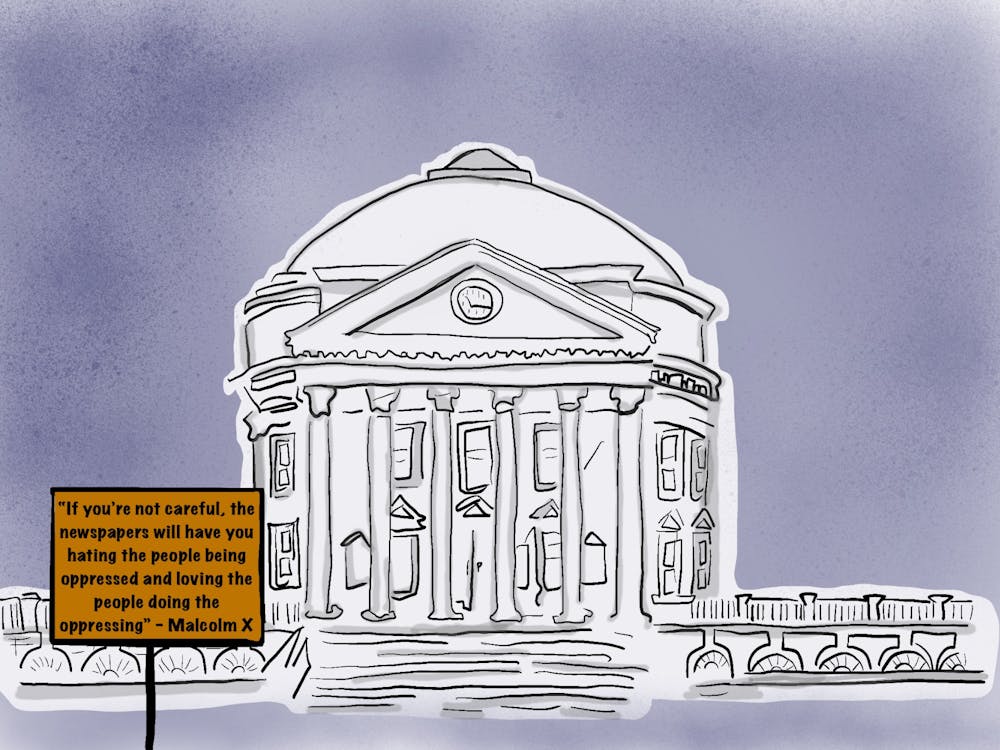November’s election was a historic moment as Democrats regained control of the General Assembly for the first time in a generation, marking a new era for politics in the Old Dominion. Although this shift is reflective of the larger blue wave that has swept across the nation in response to Doanld Trump’s presidency, the outcome of Virginia’s election is especially noteworthy when considering that Republicans held a 67-seat supermajority in the House of Delegates only three years ago.
If anything, this meteoric shift in Virginia politics is much less the story of a transformation in the electorate and rather one which reflects the endemic influence of gerrymandering on the political process as a whole. Over the past four years, the courts have overturned decades of gerrymandering in Congressional and state districts across the Commonwealth. Indeed, it is almost impossible to imagine Democrats having the same level of success which they have recently had were it not for the actions taken by the courts to remedy this issue.
In 2018, a federal court invalidated 11 districts in the House of Delegates after finding that they had been drawn along racial lines. In response to this, the court adopted a remedial map which altered the boundaries of twenty-five seats in the chamber, eliminating the concentration of various voter demographics in certain districts and thus helping to make many of these races more competitive. This was subsequently challenged by GOP lawmakers yet the Supreme Court dismissed the suit earlier this year, marking the conclusion of nearly a decade of litigation and political controversy surrounding the district maps which were drawn in 2011.
As a result, the outcome of November’s election was, in many respects, an affirmation of where Virginia’s electorate had stood for the past decade. Republicans have not won a single statewide race since 2009 and yet in spite of this, they continued to hold eight of the eleven seats in Virginia’s Congressional delegation prior to 2016 and had swept state and local races time and time again. Techniques such as “cracking” and “packing” were employed in districts across the Commonwealth in order to dilute Democratic support in certain areas while concentrating it in others. These districts were drawn in such an arbitrary fashion that their shapes were reminiscent more so of mythical creatures than the pieces in a puzzle, leaving voters scattered across districts with little, if any, continuity or shared interests.
With the 2020 Census now on the horizon, Democrats — who will be in power when the districts are scheduled to be redrawn — are confronted with two options. They can either choose to embrace the tactics that were employed by their Republican colleagues in order to solidify their own hold on power or they can provide voters with the opportunity to decide who their representatives will be. Although the courts have struck down maps that have been drawn on account of race, they have been reluctant to combat gerrymandering that is purely partisan.
The establishment of a non-partisan entity by the General Assembly to draw these district lines — as was proposed in a constitutional amendment last session by Del. Betsy Carr, D-Richmond — would ensure that the voices of all Virginians are heard. Ultimately, in our republican form of democracy it should be the people who decide who their representatives will be and not the other way around. Although tackling this issue is certainly not the most politically expedient option for Democrats to undertake, if they are serious about building a “New Virginia” then they must rid our maps of the stain that has been blatant and callous gerrymandering.
In the words of Jefferson himself, “Governments are instituted among Men, deriving their just Powers from the Consent of the Governed.” Throughout the course of its history, Virginia has consistently failed to live up to this ideal, subverting the voice of the people by means such as the literacy tests enforced under Jim Crow to the “cracking” and “packing” of districts in the present. Jefferson goes on to write, “whenever any Form of Government becomes destructive of these ends, it is the Right of the People to alter or to abolish it, and to institute new Government.” To this end, it is clear that the ploys of lawmakers have infringed upon the very set of rights which are most sacred in a republican form of democracy, thus requiring radical change to be undertaken.
With Republicans now holding the minority in both chambers of the General Assembly for the first time in twenty-four years, this cause — one that has historically been championed by Democrats — must become a bipartisan issue if state government is ever to truly reflect the will of the people. Ultimately, in light of these factors and the unprecedented opportunity that November’s election has provided, redistricting reform should be a top legislative initiative during the 2020 session.
Thomas Driscoll is an Opinion Columnist for The Cavalier Daily. He can be reached at opinion@cavalierdaily.com.





